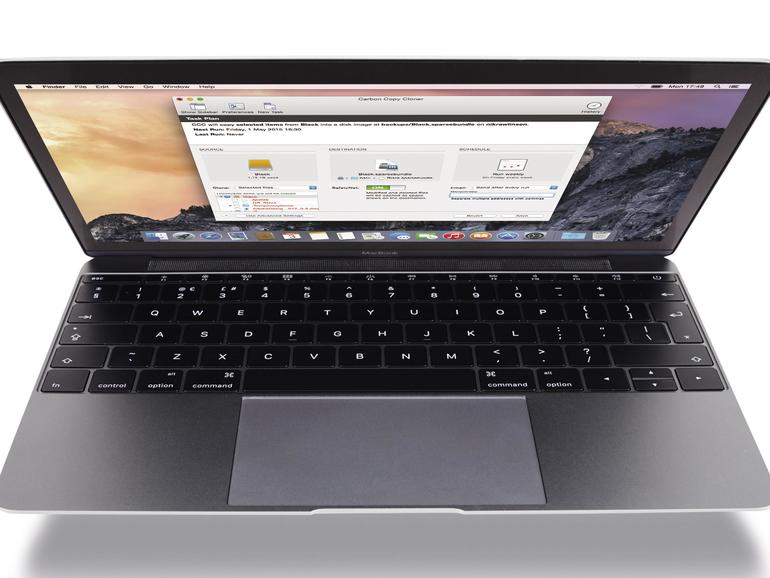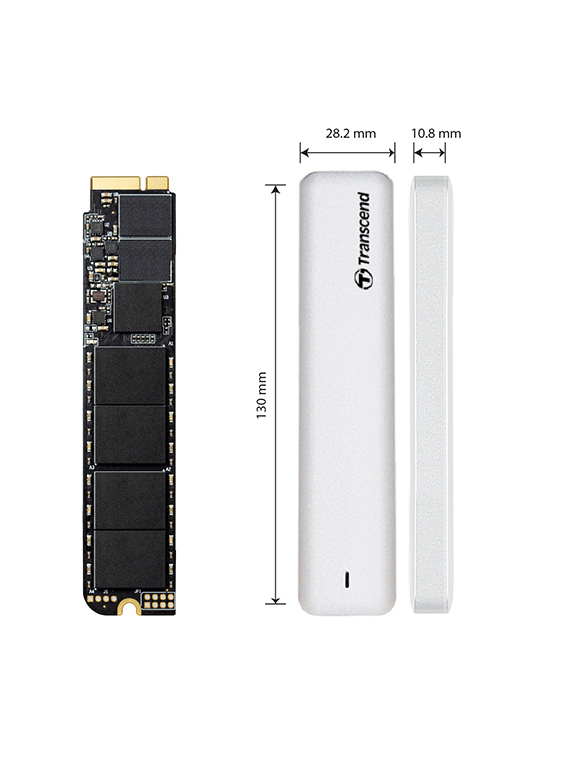
- CARBON COPY CLONER MACBOOK PRO SSD MAC OS X
- CARBON COPY CLONER MACBOOK PRO SSD INSTALL
- CARBON COPY CLONER MACBOOK PRO SSD BLUETOOTH
In the Source Disk section deselect the Home Folder checkbox, because your Home Folder will reside on your old hard disk so it should be excluded from the cloning process. Then set the Target Disk to the new SSD which has just been installed. On the left side, set the Source Disk to the current boot volume, which is normally called Macintosh HD.
CARBON COPY CLONER MACBOOK PRO SSD MAC OS X
Carbon Copy Cloner is a free app which will help you move Mac OS X to the SSD Make sure you’ve downloaded Carbon Copy Cloner and launched the app. Once that’s done, continue to the next step. If so, installation was successful, and it now has to be formatted as Mac OS Journaled using the controls in the Erase tab. Open Disk Utility and check that the SSD appears in the sidebar on the left. Once all the hardware has been installed, start your Mac and once you’ve logged in hopefully the SSD will appear on the desktop.

Lastly, re-attach the bottom panel of your Mac and use the original screws taking careful note of which ones went where. The next step is to connect the SSD to the cables that the old disk drive was using and screw it firmly into place. Use the old SuperDrive screws that you removed earlier to secure the OptiBay onto the motherboard – be careful not to lose any screws in the process. Next, connect the SATA ribbon cable that was connected to the SuperDrive to the slot on the side of the OptiBay and put it onto the empty space which was left by the optical drive. Slide your old hard disk into the OptiBay enclosure Slide it in all the way until it’s secure in the SATA plug on the housing. It slides into the OptiBay case but might need some force applied to sit snugly.
CARBON COPY CLONER MACBOOK PRO SSD INSTALL
Next, load your old drive into the OptiBay housing before you install it into your Mac. Just disconnect the cables and remove any screws. Remove your old hard disk as above – it’s a nearly identical process.

The reason is that if you just leave the old hard disk in the current position and install the SSD in the SuperDrive slot, there will be problems when your Mac wakes from sleep, as it doesn’t expect the SuperDrive slot will be the main drive.

The SSD will occupy the space that the old disk uses. The old hard disk is going to sit in the OptiBay where SuperDrive you just removed used to be. The standard optical drive and hard disk layout in a MacBook Pro 3. Next, unscrew the drive from the Mac’s case – it’s advisable to use a magnetic screwdriver, because the screws themselves are notoriously easy to lose inside your Mac. Once you’ve freed the optical drive from the case, remove the SATA plug which is attached to the ribbon cable. The SuperDrive is connected to the motherboard by a small black or red ribbon – just pull this out of the socket before you continue.
CARBON COPY CLONER MACBOOK PRO SSD BLUETOOTH
Remove any cords attached to it (or there may be a small Bluetooth circuit board in the way which has to be removed). The SuperDrive optical drive is the big flat silver component as shown in the picture below – it should be fairly obvious. Invest in one of those special wrist straps or touch part of the metal case before you handle any of the sensitive electronic components inside. Remove the Optical Driveīefore you touch your Mac’s innards, it’s essential that you’re grounded. Remove all the screws holding your Mac together – remember which goes where 2. Once you’ve unscrewed them, you should be able to remove the bottom plate of your computer. Next, unscrew the 10 screws found underneath your MacBook – note that some are longer than others, so it’s important that you remember which ones go where and put them to one side. Open Your Macīefore you open up your Mac and perform open heart surgery, make sure it’s cool – it’s best to wait 10-15 minutes because they can get quite hot. The MCE OptiBay drive enclosure is an essential item 1. SSD disk drives have extremely quick access times The MacBook Pro doesn’t have space for a second drive by default, but because it has an optical drive (and most people hardly use them anyway) this can be removed to make way for the new SSD. Since the vast majority of Mac sales are MacBooks, this article describes the basics of installing an additional SSD in your MacBook. Many of the iMac desktops have quite a lot of spare room inside, so it’s possible to install an SSD as a secondary disk drive – this way Mac OS X and all your apps can be kept on the SSD and documents, pictures and other files moved to the larger capacity hard disk. But an SSD will speed up Mac OS X Lion and provide a significant performance boost – applications will open up more speedily and boot-up times will improve noticeably. The only minor downside is that SSD capacities are usually way below those of regular disks and they can be quite expensive too. They provide lightning fast disk access times because there are no moving parts, unlike a traditional spinning hard disk. An SSD (solid state drive) is one of the most worthwhile for your Mac.


 0 kommentar(er)
0 kommentar(er)
